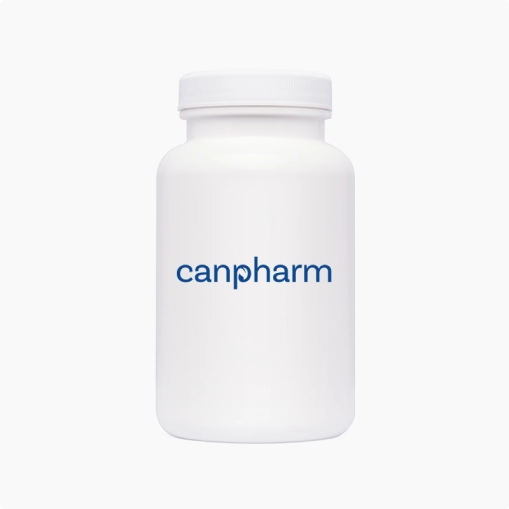-
Description
-
Reviews (0)
-
Related Products
-
Related Conditions
Garamycin Eye Drops (Gentamicin Sulfate) is a potent antibiotic solution designed to treat bacterial infections of the eye. This sterile formulation is specifically engineered to combat a range of bacteria that can cause conditions such as conjunctivitis and keratitis. When used as directed, Garamycin Eye Drops can provide rapid relief from symptoms and help restore clear vision.
Before you buy Garamycin Eye Drops or Garamycin generic, it is crucial that you talk to your healthcare provider about its effectiveness and affordability.
Directions
Wash your hands thoroughly before using the Garamycin eye drops.
Gently lean your head backwards and tug on your bottom eyelid to form a tiny pouch.
Position the dropper over your eye and dispense a single drop.
Close your eye and gently press your finger to the inside corner of the eye for about 1 minute, to prevent the liquid from draining into your tear duct.
If you are using more than one drop, wait about 5 minutes between drops.
Replace the dropper cap after each use.
Ingredients
Active Ingredient: Gentamicin Sulfate
Cautions
Do not use if you are allergic to gentamicin or any other ingredients in this product.
Ensure the dropper's tip doesn't come into contact with any surfaces, including your eye, to avoid any impurities.
If you experience severe itching, swelling, or rash, discontinue use and consult a physician.
Do not wear contact lenses while using Garamycin Eye Drops unless advised by your doctor.
Keep out of reach of children.
Interactions
Certain medications may interact with Garamycin Eye Drops. Inform your doctor if you are using other eye medications or any oral drugs, especially other antibiotics or medications that may affect the kidneys.
Side Effects
While Garamycin Eye Drops are generally safe, some users may experience side effects such as:
- Irritation or burning in the eye upon application
- Itchy or red eyes
- Blurred vision
- Swelling around the eyes
Remember, these are not exhaustive lists, and it's important to consult with a healthcare professional for personalized advice and guidance. If you prefer, you may contact the U.S. Food and Drug Administration (FDA) directly. Visit www.fda.gov/MedWatch or call 1-800-FDA-1088
Frequently Asked Questions about Garamycin
What is garamycin?
Garamycin is a brand name for the antibiotic medication containing the active ingredient gentamicin sulfate. It is used to address bacterial infections of the eye.
Can you use garamycin drops in a dog's eye?
Yes, Garamycin Eye Drops can be used in a dog's eye, but only under the guidance and prescription of a veterinarian. It's essential to ensure the correct dosage and application for your pet's specific condition.
What class of drug is gentamicin garamycin?
Gentamicin, the active ingredient in Garamycin, belongs to the class of drugs known as aminoglycoside antibiotics. It functions by stopping bacterial growth, leading to the resolution of the infection.
Can I use gentamicin sulfate on my dog?
Yes, gentamicin sulfate can be used on dogs, but only with a veterinarian's prescription. It's crucial to follow the vet's instructions regarding dosage and duration to ensure the safety and effectiveness of the treatment.
Does gentamicin sulfate expire?
Yes, like all medications, gentamicin sulfate does have an expiration date. It's essential to check the expiration date on the packaging before use. Using expired eye drops can reduce their effectiveness and may increase the risk of eye infections due to potential bacterial growth in the solution.

